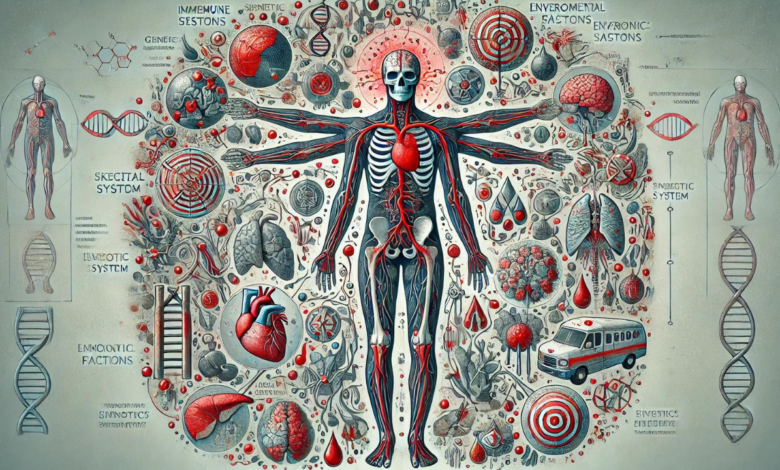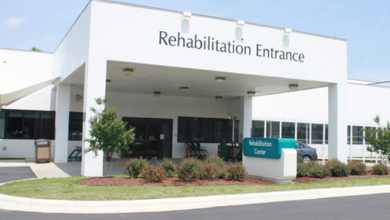Andrigolitis: Causes, Symptoms, and Management Strategies

Andrigolitis is a multifaceted inflammatory condition that may affect many organs and systems in the body. It leads to various symptoms and requires a comprehensive approach to diagnosis and management. This article explores the causes, symptoms, diagnostic procedures, and effective treatment options for andrigolitis, aiming to understand this complex condition thoroughly.
What is Andrigolitis?
Andrigolitis is characterized by widespread inflammation affecting various body parts, including the skin, gastrointestinal system, respiratory system, and more. The condition is known for its diverse symptomatology, which can vary significantly from one individual to another, making it a challenging condition to diagnose and manage.
Causes of Andrigolitis
Although the exact causes of andrigolitis are not entirely understood, it is thought to be impacted by genetic, environmental, and autoimmune factors. Exposure to environmental toxins, certain dietary factors, and chronic stress are thought to exacerbate the condition.
Symptoms of Andrigolitis
Symptoms of andrigolitis can include:
- Chronic pain and fatigue
- Fever and weight loss
- Joint stiffness and swelling
- Skin rashes and ulcers
- Gastrointestinal issues like abdominal pain and diarrhea
- Shortness of breath, persistent cough
- Neurological symptoms, including headaches and cognitive dysfunction
Diagnosis of Andrigolitis
Diagnosing andrigolitis involves a thorough medical history review, physical examination, and a series of tests. These tests include blood tests to identify inflammation markers, imaging studies like MRI or ultrasound to assess the extent of internal inflammation, and a biopsy to examine tissue samples under a microscope.
Treatment Options
Treatment for andrigolitis is typically multidisciplinary and personalized, involving:
- Pharmacological treatments include NSAIDs, corticosteroids, and immunosuppressants to manage inflammation and pain.
- Physical therapy helps to retain mobility and alleviate stiffness.
- Dietary modifications should consist of anti-inflammatory foods and exclude inflammatory triggers.
- Lifestyle changes include stress management techniques, regular exercise, and adequate sleep.
Preventive Measures and Lifestyle Modifications
Preventing flare-ups and managing the symptoms of andrigolitis effectively involves:
- Consuming a well-balanced diet rich in fruits, vegetables, and lean proteins while avoiding processed foods and sweets.
- Engaging in frequent physical activity customized to each tolerance level.
- Utilizing stress reduction techniques such as yoga, meditation, and mindfulness practices.
- Ensuring sufficient rest and hydration.
Living with Andrigolitis
Living with Andrigolitis requires ongoing management and adaptation. Patients are encouraged to develop a strong support network of healthcare providers, family, and friends. Regular follow-ups with healthcare professionals are crucial for monitoring the condition and adjusting treatments.
Conclusion
Andrigolitis is a complex condition that requires a nuanced understanding and a tailored approach to treatment. By staying informed about the latest research and advancements in treatment options, individuals with andrigolitis may adequately control their symptoms and have an excellent quality of life. Awareness and education are vital in navigating the challenges posed by this condition.
FAQS on Andrigolitis
What is Andrigolitis?
What causes Andrigolitis?
What are the common symptoms of Andrigolitis?
How is Andrigolitis diagnosed?
A thorough medical history review.
Physical examination.
Blood tests to detect markers of inflammation.
Imaging studies like MRI or ultrasound.
Possibly a biopsy to confirm inflammation and rule out other conditions.
What are the treatment options for Andrigolitis?
You May Also Read: WutawHealth: A Comprehensive Approach to Holistic Wellness




